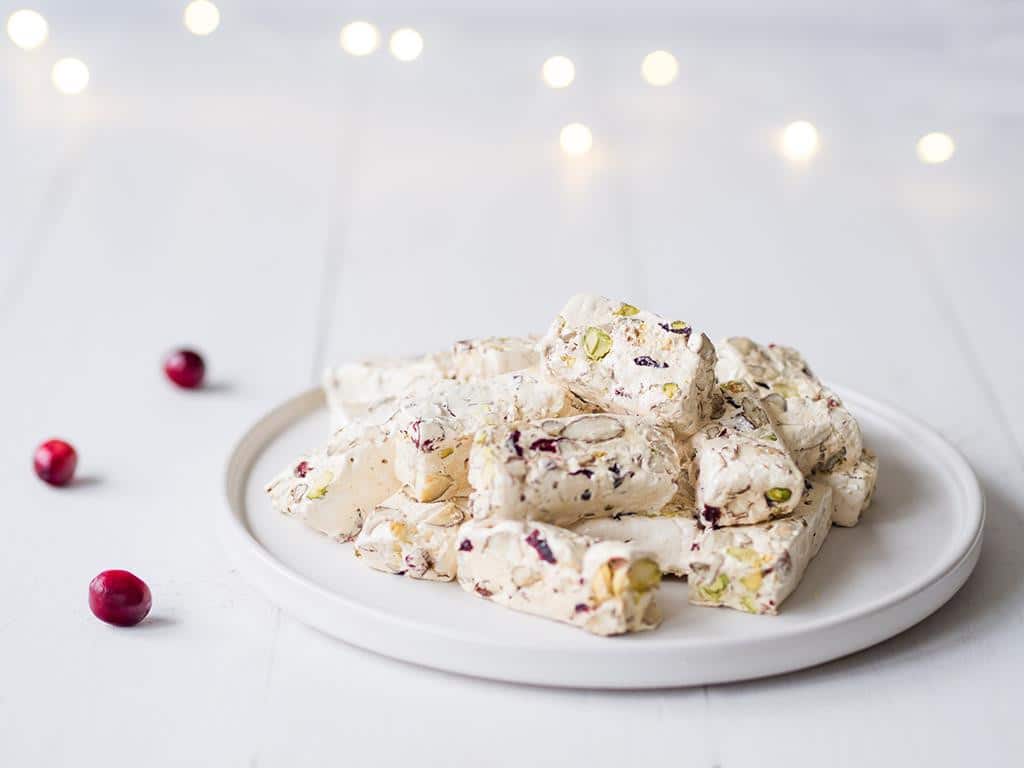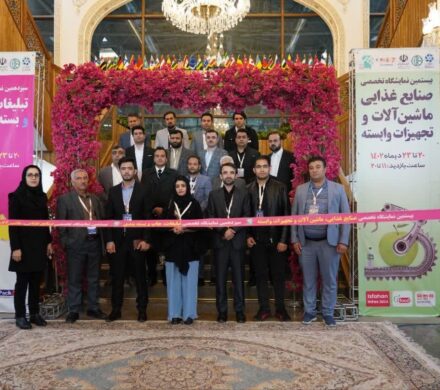The complete history of Isfahan Gaz
Gaz is one of the most prominent sweets produced in Iran. The history of Isfahan Gaz is half the life of Hazrat Noha and is nearly 450 years old. Since the beginning of history, this delicious sweet has undergone many changes. For example, during the First World War in 1293, when famine It was rampant […]
Gaz is one of the most prominent sweets produced in Iran. The history of Isfahan Gaz is half the life of Hazrat Noha and is nearly 450 years old. Since the beginning of history, this delicious sweet has undergone many changes. For example, during the First World War in 1293, when famine It was rampant in the country. Gaz was gradually removed from people’s tables, or pistachios and almonds were replaced by beans and cheaper plants due to their high prices.
Didn’t we have Gaz before Safaviyeh?
There was a food in the past called Halva Chobe or Halva Chuh. This food is made from egg whites, sugar and glucose syrup. They used halwa choba on the ground.
What is the shape of halwa choba?
Halva Chobe liquid is similar to Gaz and when egg whites, sugar and glucose are mixed in copper bottles, after about 2 hours a white composition like Gaz liquid is formed. It would be the size of the palm, or it would be cut into strips and left in flour at room temperature to dry a little.
Halwa Chobe had a gummy state and was not as soft as today’s bites. When you bite a piece of it, you have to chew a bit like gum to make it soft. In summary, the age of Halwa Chobe is unknown, but it was used before the Safavid era.
Safaviyeh, Shah Abbas I, the savior of Isfahan
The peak of Isfahan’s prosperity was during the period of Shah Abbas I, which caused the capital to be moved from Qazvin to Isfahan. During the period of Shah Abbas, architecture, science and art reached their peak. All the turquoise domes and inlaid copper vessels that you see inside Isfahan It is thanks to the grace of Shah Abbas I. Charbagh or Chaharbagh of Isfahan was a beautiful road during the Shah Abbas period that connected the Chelston Palace to the thousand-acre gardens. Also, Naqsh Jahan square with all its beauty is one of the famous places of Isfahan that was built during the Shah Abbas period. Become.
Gaz, the food of the nobility and a symbol of Isfahan culture
During the period of Shah Abbas and Isfahan becoming the capital, the ground was provided for the coming and going of tourists and travelers from other cities, also the migration of rich people from other cities to Isfahan for business and the convenient location of the capital made the financial situation of the people much better. Ali Shekarchian became the creator of the most popular Iranian sweets by combining pistachios in halwa chobeh and using gazangbin as a sweetener.
The word gaz is derived from the juice of the goon plant called gazangbin, but 90% of the gaz that you see in the market is not called gaz at all.
Reception ceremony of Shah Tahmasb from the King of India with Gaz
Gaz was used as an aristocracy’s food in big government ceremonies. An example of the ceremony, of which there is a historical painting, is the scene of Shah Tahmasb’s reception from King Humayun of India, in which Gaz was used as an offering.
It is narrated that the King of India failed to run the country and sought refuge in Isfahan, but after some time, Shah Tahmasab treated him violently due to Shia ideological differences. This caused the loss of one of Iran’s great allies, India.
Qajar rule, the bitter end of Gaz of Isfahan
With the coming of Qajar, the capital of Iran changed from Isfahan to Tehran, and it has remained the capital of Iran for more than 200 years. The change of capital and the departure of capitalists from Isfahan to Tehran weakened Isfahan’s gas production industry. And the government of Ahmad Shah Qajar shot the last arrow on the body of Gaz of Isfahan. The famine of that period was so severe that we have a story that half of the people of Iran died from lack of food and even ate the dead to stay alive. Obviously, when people did not have bread, they could not eat Gaz. The Qajar rule is the most bitter part of the history of Gaz of Isfahan until now.
Due to the high price of pistachios and food items, as well as the occupation of Iran by the Soviets and the British, all the food grown in Iran was consumed by the Russian and British army and they did not allow the people to use it. This is where the issue of cheating in Gaz was raised about the use of beans. Instead of pistachios, add flour to the gaz to make it heavier and stretchy. Here, the gaz was being destroyed and only a few tried to produce good gaz at an expensive price for the nobles.
Pahlavi, Utopia History of Gaz
After the Qajar rule, it is the turn of Reza Shah’s rule, the entry of American and English investors into the country and the severing of Russia’s hand from Iran provided the opportunity for the growth of the industry. From the beginning of Pahlavi, nearly 20 different brands were engaged in the production of Gaz To send the super to European countries. Since there was only gaz flour at that time and it had a short shelf life, they could not keep it fresh on the way to Europe, so the export of gaz was very limited.
The nationalization of the oil industry and the peak of Iran’s prosperity
From here, due to the economic prosperity of Iran, more and more luxurious gaz were produced that the common people could use. The production of 38% pistachio gaz and 40% pistachio gaz happened for the first time after the nationalization of the oil industry. It is in the history of Gaz of Isfahan.
2500 years of imperial celebrations
In 1350, Mohammad Reza Shah organized a grand celebration in Persepolis, Cyrus the Great’s Mausoleum to mark the 2500th anniversary of the reign of the beloved Iran, which is considered the most luxurious period of the 20th century. In this period, 20 kings and emirs, 5 queens, 16 presidents, 21 princes 3 Prime Ministers and 69 Ministers of Foreign Affairs from all over the world were present. During the celebration of the 2500th anniversary of the monarchy.
In this grand ceremony, the Shah gave Iranian souvenirs to all the guests. This souvenir pack included Qenat saffron, Isfahan Gaz, a piece of hand-woven carpet and a bottle of Kashan rose water.
Henry-René D’Allemagne, the French historian and traveler, in his travelogue, describes how Isfahan Gaz is prepared:
Isfahani confectioners make a paste from gzangbean and mix almond and pistachio nuts in it, make tablets from it and sell it in boxes. Gaz is one of the favorite sweets of Iranians and sometimes it is sent abroad. Amir Kabir Publications, 1335), page 97.

Jakob Eduard Polak, an Austrian physician, Dar al-Funun teacher and special physician at the court of Naser al-Din Shah, describes Gaz in Isfahan as follows:
A large number of confectioneries in Isfahan prepare sweets from Gazangbin. Harira is beaten with egg white and almonds, pistachios, cardamom, etc. are added to it and made into tablets and cooked in low heat. Gaz pills, which are sprinkled with flour, are placed between the branches of the willow tree so that it smells good. Then they pack these in boxes and send them all over the country as desirable hard goods. (Jacob Edward Pollock, Travelogue, translated by Kikavos Jahandari (Tehran: Khwarazmi Publishing Co., 1368) page 460.

















Leave a Reply